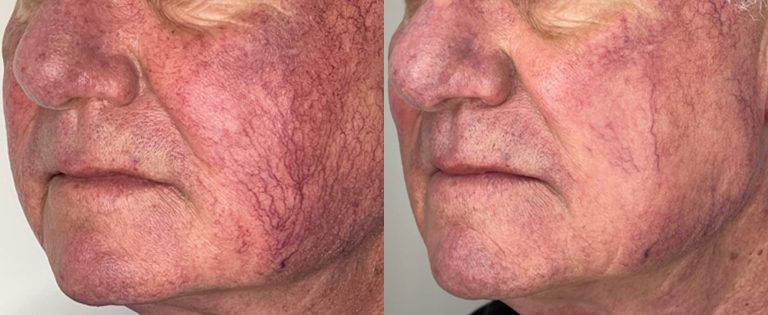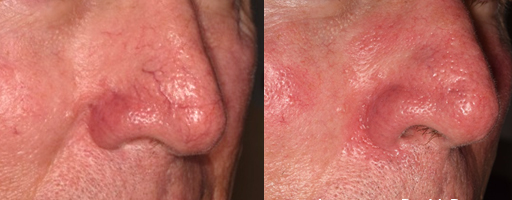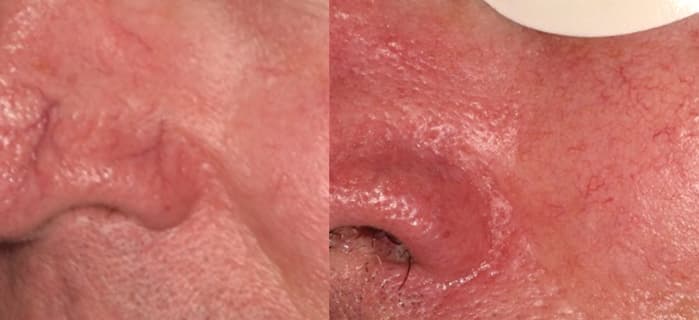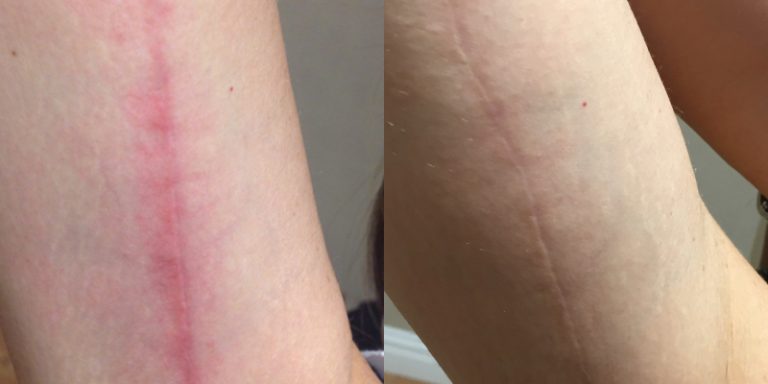How Does Malar Bag Treatment Work?
Malar bags, or festoons, can be treated surgically or non-surgically depending on their severity. While surgery remains an option for more advanced cases, it may require follow-up treatments to refine the results. Non-surgical options are well-suited for mild to moderate cases, though they often need repeated sessions for maintenance.
For Mild to Moderate Malar Bags
Tetracycline Injections: Stimulate collagen and fibrin to gradually reduce swelling. Results may take a few months and may require repeat sessions. Dermal Fillers: Strategically placed fillers can help mask puffiness and support the area without adding volume that could worsen the bags. Radiofrequency Microneedling with Morpheus 8: Tightens skin and improves contour over a series of 3 treatments spaced 4–6 weeks apart.For Moderate to Severe Malar Bags
Endolift Laser: Targets fat beneath the skin to reduce malar bags by up to 50% within 3–6 months. Downtime is minimal, usually limited to temporary swelling or bruising.For Severe or Persistent Malar Bags
Direct Excision: Best for older patients prioritising removal over scarring. Quick recovery, but not suitable for all anatomical types. Extended Lower Lid Blepharoplasty with Midface Lift: Addresses both eye and malar bags in one procedure. Effective for stubborn or recurring cases but involves general or twilight anaesthesia and a longer recovery period.Duration
1-3 hours
Driving
After 3 Days
Anaesthesia
Local or Twilight
Hospital Stay
Day Case
Exercise
After 2 Weeks
Final Results
up to 10 years
Pre Admission Tests
Not required
Addresses
Lower Eyelid Puffiness
Downtime
1-2 Weeks
Thread Veins Removal Treatment
Unsure what to expect at this treatment? Take a look behind the flashing lights and glamour and gain real perspective into this treatment offered at Dr Tanov Aesthetic clinic using a standard IPhone to record! No editing or filters have been used in the making of this video!
Types of malar bags
Malar Edema: Swelling caused by fluid buildup over the cheekbones. It tends to be soft, sometimes discoloured, and may worsen in the morning or after salty foods. Common causes include allergies, thyroid or organ issues, or previous under-eye treatments.
Malar Mounds: Permanent soft tissue bulges in the upper cheeks, often made of descended fat or muscle. They frequently run in families and may appear from a young age.
Festoons: Sagging pouches of loose skin and muscle beneath the lower eyelids, often filled with fluid or fat. Typically seen in older adults, especially those with sun-damaged skin or a history of smoking. They often evolve from long-standing malar edema or mounds.
Benefits
- Reduces puffiness and swelling in the upper cheek area
- Smooths and tightens sagging skin beneath the lower eyelids
- Improves the appearance of festoons and malar bags for a more refreshed look
- Minimises shadowing and hollows caused by under-eye swelling
- Enhances cheek and lower eyelid contour for better facial balance
- Softens the tired or aged appearance often caused by festoons
- Provides long-term improvement with minimal downtime in most cases
Single session & package options
⚠️ Potential Complications of Blepharoplasty & Their Management
- Swelling and Bruising: Common after surgery; managed with cold compresses, head elevation, and anti-inflammatories.
- Dry or Irritated Eyes: Temporary dryness or itching; relieved with lubricating drops and ointments.
- Infection: Rare, but possible; treated with antibiotics and proper wound care.
- Asymmetry or Uneven Healing: Often improves as swelling subsides; persistent cases may need revision.
- Temporary Blurred or Double Vision: Caused by swelling; usually resolves within days to weeks.
- Excessive Scarring or Poor Wound Healing: Minimized with good surgical technique; may be improved with topical treatments or revision.
- Difficulty Closing the Eyes: Usually temporary; rare severe cases may need corrective surgery.
- Bleeding or Hematoma: Requires prompt medical attention; sometimes drainage is needed.
Before-After
Real life photos of effects of treatments





